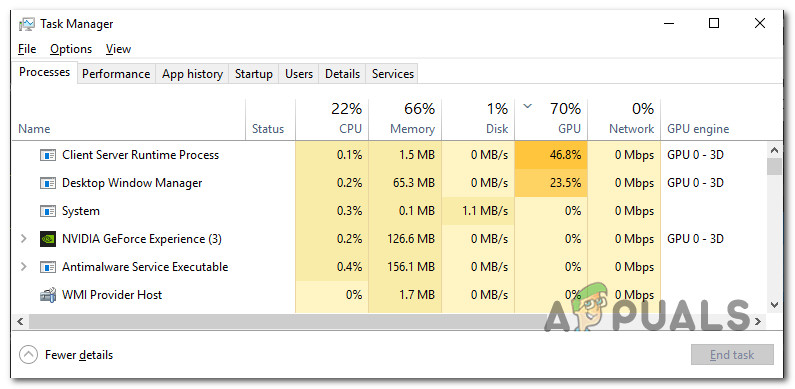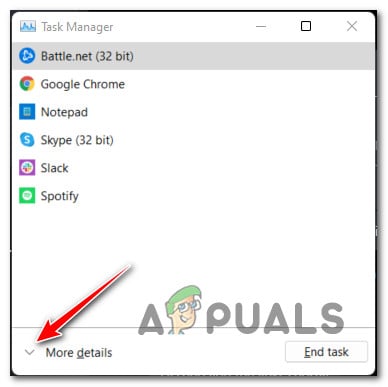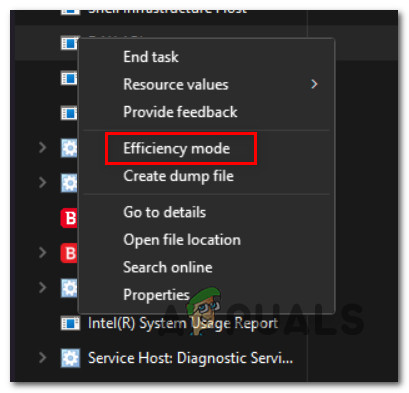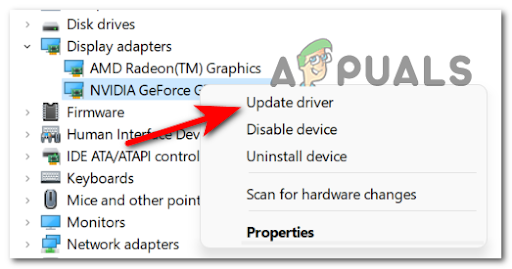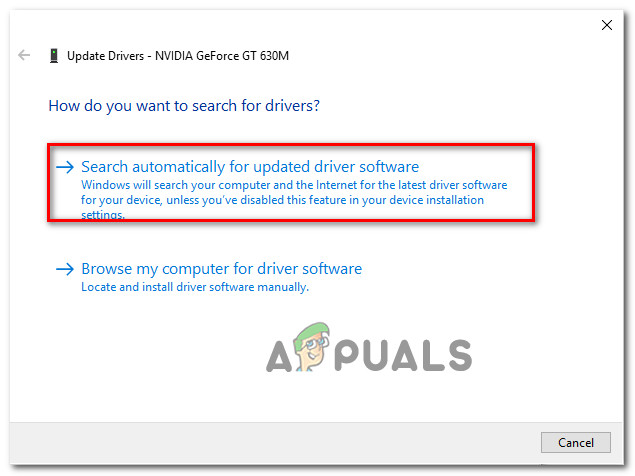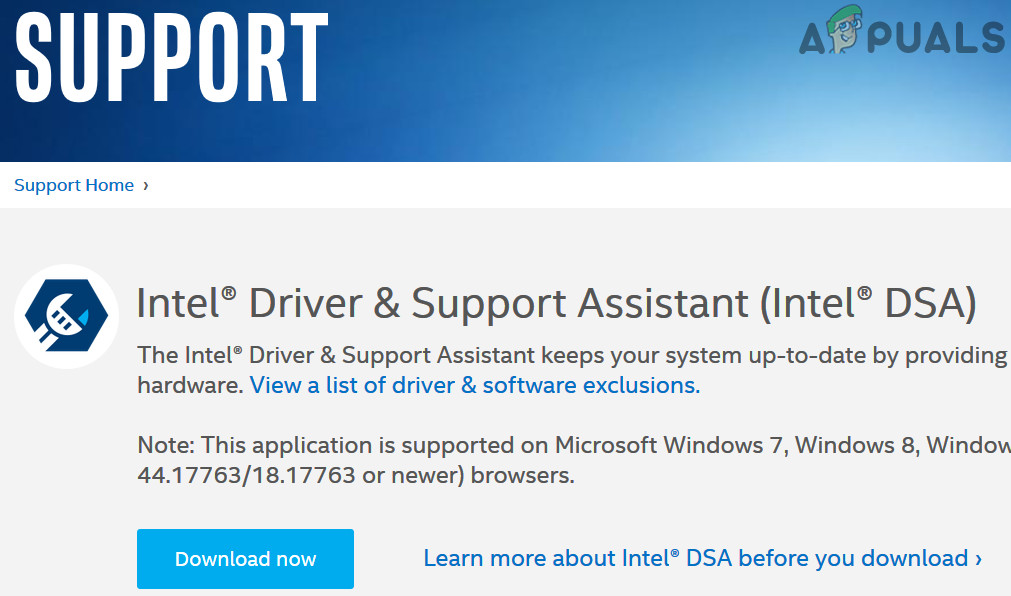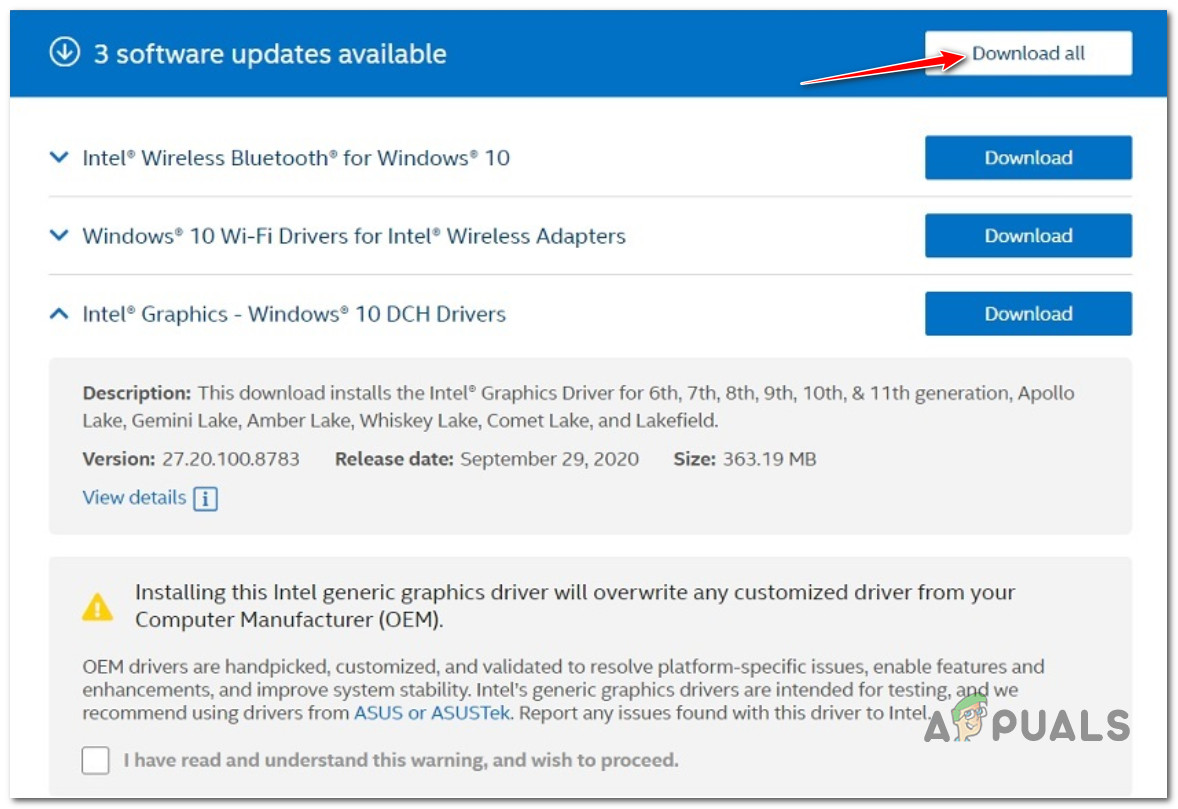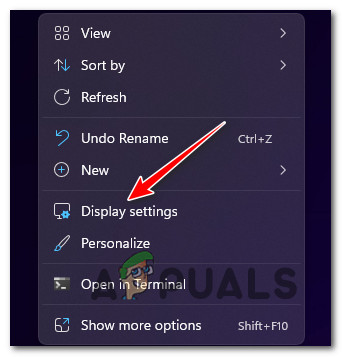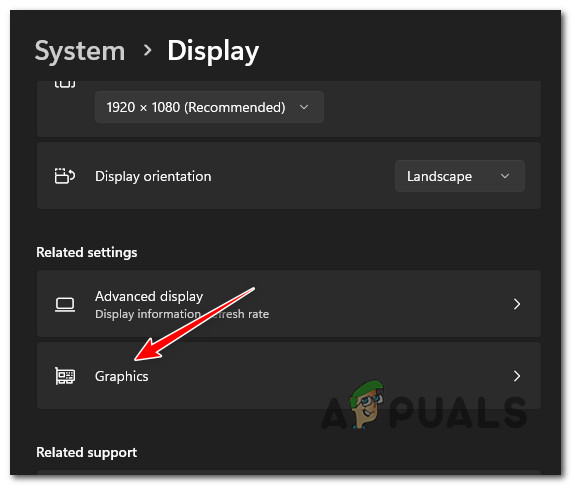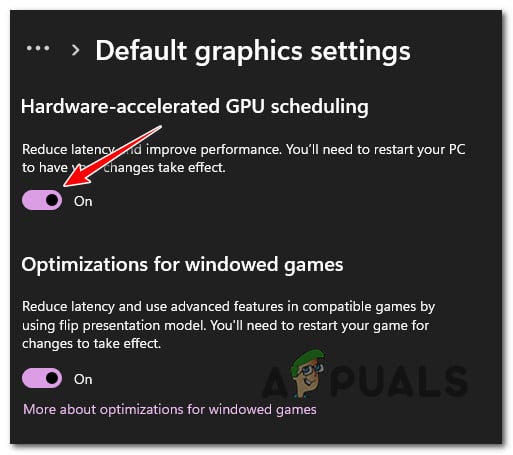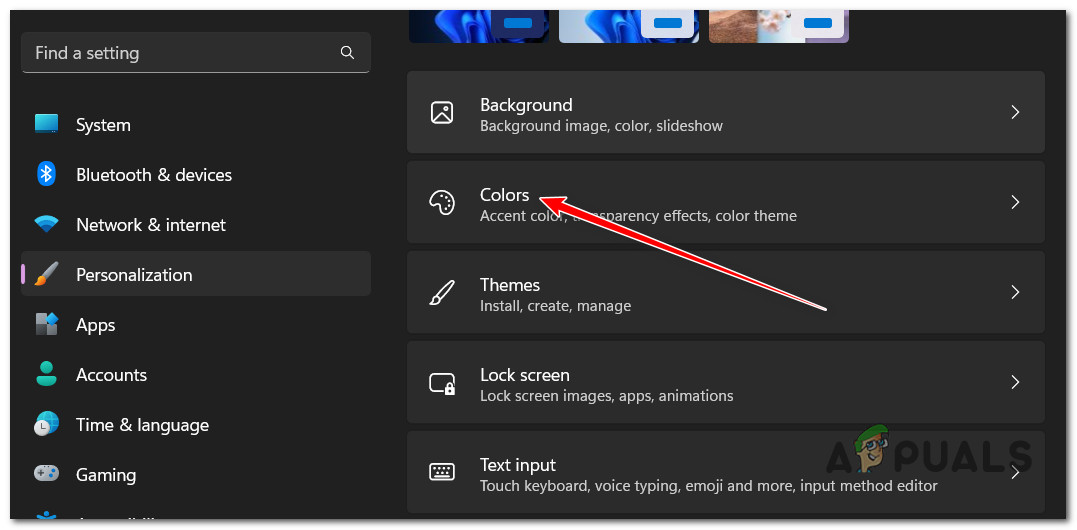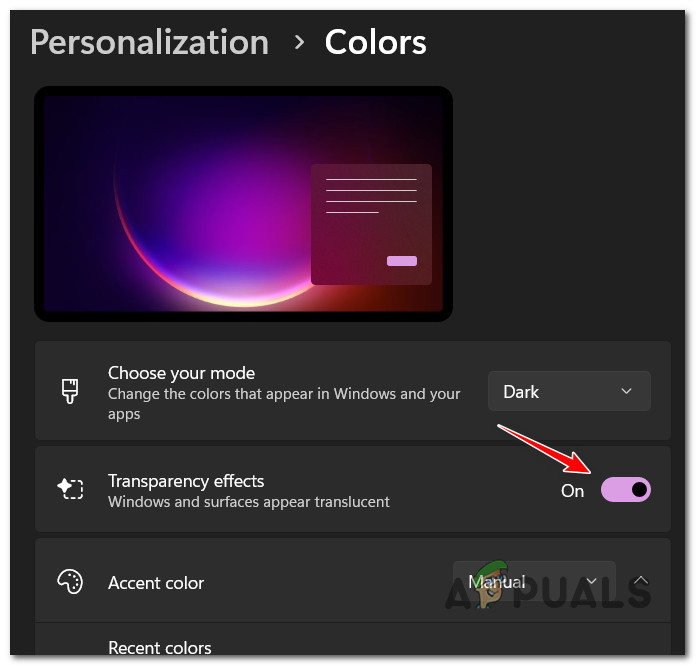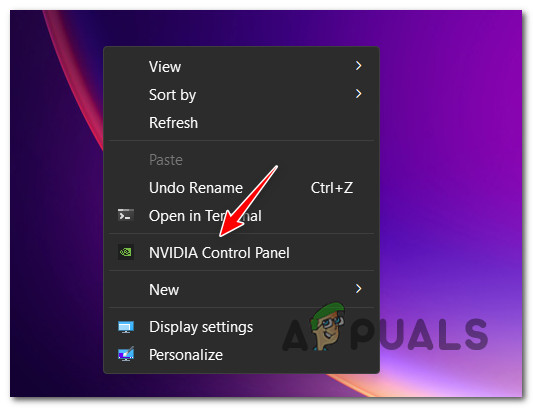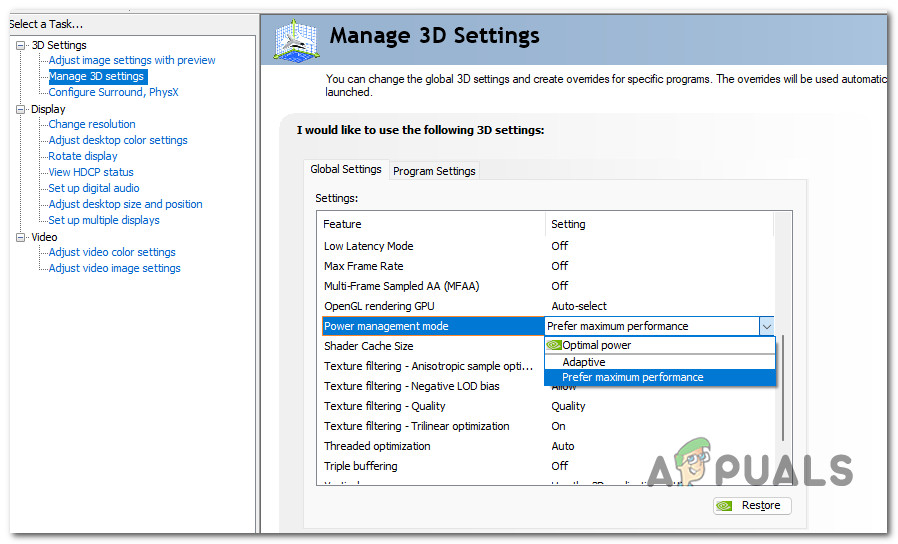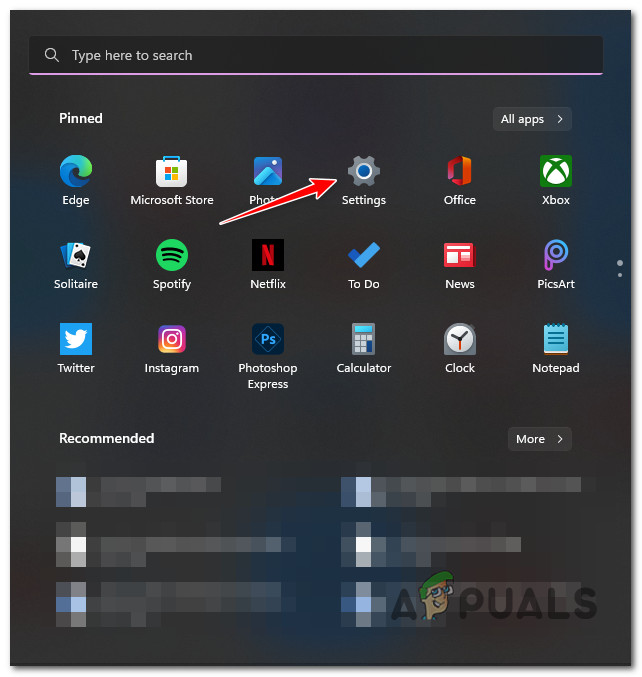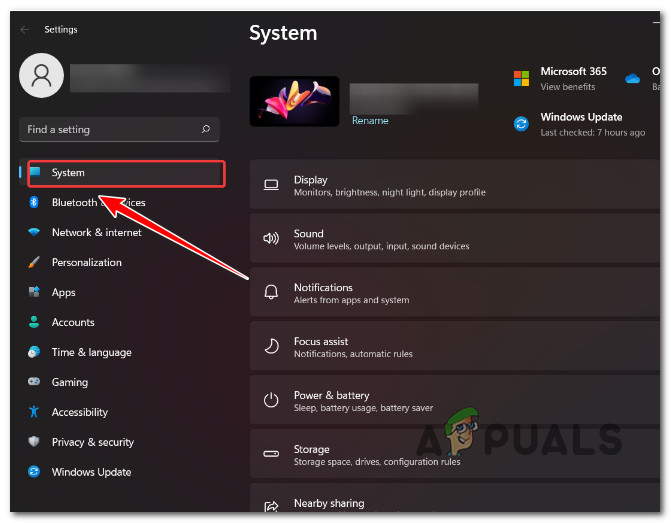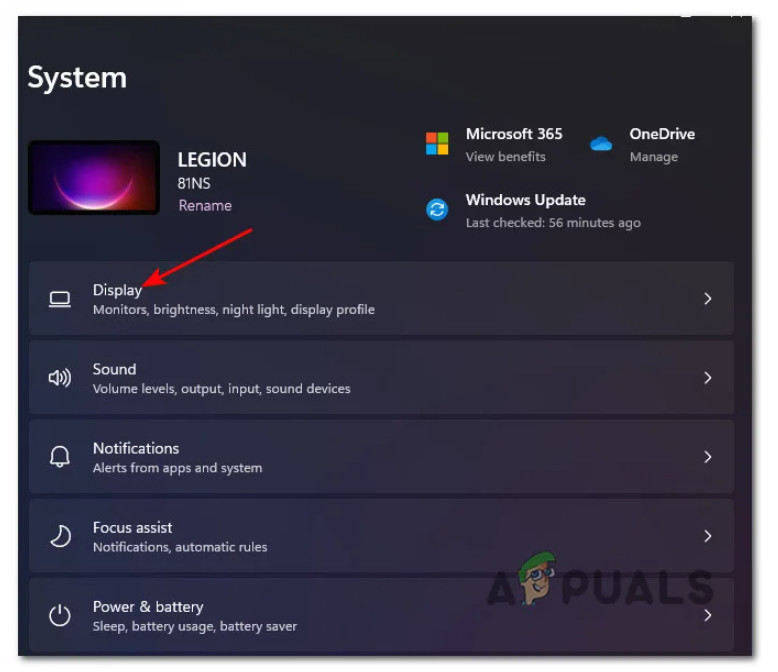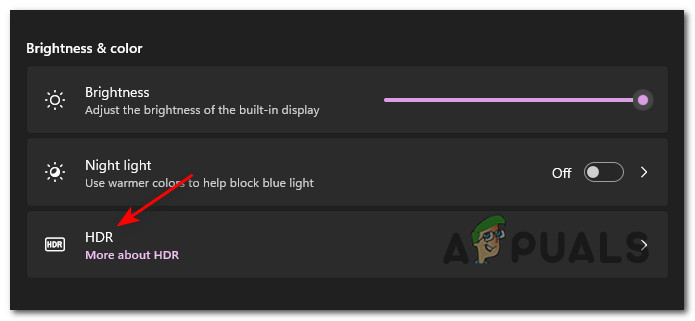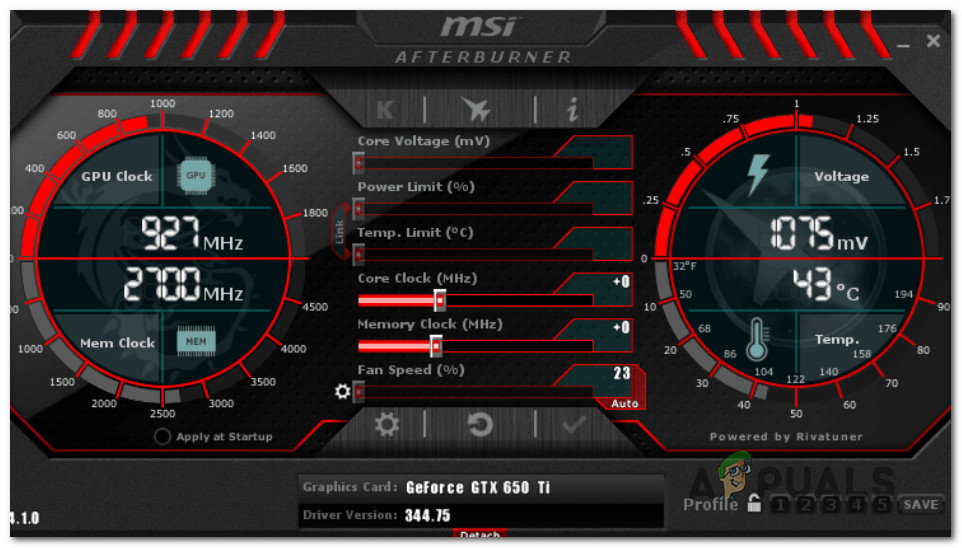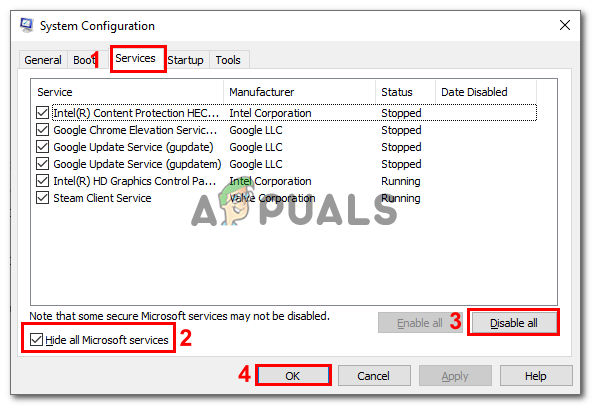Commonly reported symptoms of this issue:
When the user drags the browser ( Edge, IE, or any 3rd party browser) around, the GPU usage increases by as much as 50%. This occurs even with high-end GPUs that have plenty of processing power.When the user launches any application or game requiring rendering power, the GPU usage of Desktop Windows Manager and the Client Server Runtime processes increases to 100% and stays like this minutes after the application is closed.
After thoroughly investigating this issue, we realized that several different underlying culprits might be responsible for this behavior on Windows 10 and 11. Here’s a short list of culprits that you should be aware of: Now that we have gone over every potential cause of this issue, let’s go over a series of confirmed fixes that other Windows 10 and Windows 11 users have successfully deployed to bring down the GPU usage of the Desktop Window Manager (dwm.exe) & Client Server Runtime Process (csrss.exe) processes.
1. Install pending Windows Updates
The problem is pretty old at this point, and Microsoft has previously made several hotfixes to prevent Desktop Window Manager (dwm.exe) & Client Server Runtime Process (csrss.exe) processes from hogging all the available GPU resources. Install each update available from the WU component to fix the issue. Many impacted users have stated that they could finally observe how the excessive GPU consumption went down exponentially after applying every pending Windows update. By visiting the Windows Update component, ensure your copy of Windows 11 or 10 is up to date. How to go about doing this: Try the following approach below if the Desktop Window Manager (dwm.exe) & Client Server Runtime (csrss.exe) processes still use many system resources.
2. Change Processes status to Efficiency Mode
One of the most common reasons you can expect to see the Desktop Window Manager (dwm.exe) & Client Server Runtime (csrss.exe) processes consuming most of the available GPU resources is when both processes are set to High Priority. This is typically an issue with low-end GPUs with little processing power. Several users dealing with this problem have confirmed that the issue was resolved once they used Task Manager to change their status to Efficiency mode. Follow the instructions for specific steps on how to change the Desktop Window Manager (dwm.exe) & Client Server Runtime (csrss.exe) processes to Efficiency Mode: If the same issue is still occurring, move to the next method below.
3. Update GPU Drivers
With Windows 10 and Windows 11, this kind of behavior can also be brought on by an out-of-date GPU driver or a missing physics package. Users who have experienced high GPU consumption by the Client Server Runtime (csrss.exe) and Desktop Window Manager (dwm.exe) processes have concurred that the problem was resolved after updating your GPU drivers to the most recent version. The issue should be fixed by updating the physics module that manages in-game mechanics and the GPU drivers. If this is the case for you and you haven’t recently updated your GPU drivers, use the following instructions to remove your old GPU drivers and install the most recent ones before trying to run the game once more: Note: If Device Manager cannot locate a new GPU driver version, you must resort to the proprietary software your graphics card manufacturer provided to upgrade your current graphics drivers. The following software may be necessary, depending on the GPU manufacturer: GeForce Experience – Nvidia Adrenalin – AMD Intel Driver – Intel If the same issue is still present or your GPU drivers are already current, move on to the next procedure below.
4. Update Intel Drivers (if applicable)
Windows 11 is much more dependent on a group of firmware drivers from Intel. But to a lesser extent, the same can be said about Windows 10. An expert on kernels claims that more than seven Intel-signed drivers may be responsible for this behavior. The easiest way to resolve the issue in this scenario is to launch the Intel Update Assistant and install the pending driver updates. More users who had seen the two programs’ extremely high GPU consumption (Desktop Windows Manager and Client Server Runtime) stated that usage significantly decreased after utilizing the Intel Driver Assistant to swap out the generic CPU, Bluetooth, and Wi-Fi Card drivers with Intel equivalents. Listed below are the procedures to take if you want to attempt this repair as well: Try the next technique down if the error code is still occurring.
5. Disable Hardware acceleration
It turns out that forcing your GPU to do hardware-accelerated GPU scheduling might also lead to excessive GPU resource utilization. This option will usually speed up rendering and make your computer look snappier, but an unforeseen result may be extremely high GPU use (especially with low and medium-end GPUs). Whether hardware-accelerated GPU scheduling is active and you are having this difficulty with desktop applications, games, or Universal Windows Platform apps, follow the steps below to temporarily turn it off in the Settings app to see if the issue is resolved. Here’s what you need to do: Note: With a few minor GUI differences, these methods should work on both Windows 10 and Windows 11. Move on to the technique below if the issue is still not resolved.
6. Disable Windows Transparency effects
One potential reason you are experiencing unusually high GPU usage by Desktop Windows Manager and the Client Server Runtime processes is a Windows GUI option known as Windows Transparency effects. This option adds an elegant layer to the way your windows look, but it can also cause the use of a lot of available GPU resources if you are using a low-end GPU and you don’t have an integrated GPU to take the load off the dedicated equivalent. Several users dealing with the same issue have confirmed that they managed to reduce the GPU usage of the two processes by disabling the transparency effects. This fix is confirmed to work on both Windows 10 and Windows 11. Here’s what you need to do: Once your PC boots back up, see if your GPU usage has decreased. If the same issue is still occurring, move to the next method below.
7. Configure applications to Maximum Performance (Nvidia Only)
If you are using an Nvidia GPU and you are only experiencing this issue while running certain applications or games, you might be able to fix this issue by changing the behavior of the apps that cause the two processes (dwm.exe and csrss.exe) to hog the GPU bandwidth by utilizing the NVIDIA Control Panel. Other users dealing with the same issue have managed to tone down their GPU usage by accessing Nvidia Control Panel and adjusting all the applications that exhibit this issue to Maximum Performance. Follow the steps below for specific instructions on how to do this: Note: This method only applies to systems with a dedicated Nvidia GPU. If the two processes still consume many available system resources, move down to the next method below.
8. Disable HDR & WCG
HDR might be the issue if the solutions above haven’t reduced your excessive GPU resource utilization. Partial HDR support on a low-end monitor may be the issue’s root. When HDR was off in the Settings menu, some users who were also experiencing this problem saw that the resource use had finally decreased. HDR may occasionally affect the two processes (Desktop Windows Manager and Client Server Runtime). Depending on your GPU and monitor, this varies. If you suspect this is the issue, try turning off the HDR and check to see if GPU usage improves. If you believe this situation applies to you and HDR is turned on, try the steps below to disable it to see if it stops the screen from flickering: Move on to the next possible solution below if this one doesn’t work for you.
9. Revert underclocked frequencies
You might experience this problem is a case where your GPU is underclocked to save power. In this case, you will notice that the base clock of your GPU is lower than what is advertised by the manufacturer. Note: Over and underclocking can cause unexpected restarts and impact your OS’s stability. Underclocking is done to extract more power from a weak PSU while overclocking is done to gain more power. If you find yourself in this situation, you’ll probably keep tinkering with voltages until you discover a stable build that doesn’t overtax your GPU. Note: If you are underclocked, we advise using a more powerful PSU because the system’s instability is likely to persist despite whatever adjustments you make. Reverting all overclocking or underclocking modifications back to their normal settings is the best line of action (if it is feasible) if you have tried altering the numbers but are still experiencing GPU inconsistencies.
10. Perform a clean boot
If you’ve reached this point without finding a workable solution, you should start looking for a potential third-party offender who may be responsible for Windows 10 or Windows 11’s excessive GPU utilization. You can anticipate dealing with this kind of problem as a result of an overly defensive security suite or a system optimizer program that ultimately impacts the GPU load, according to other afflicted customers. Whether you frequently have this problem, you should clean boot your computer and see if the GPU utilization of the two Desktop Windows Manager and Client Server Runtime processes decreases significantly. It is evident that a third-party processor starting service is the problem if you obtain a clean boot state and the error stops happening. Finding the problem is now just a question of progressively re-enabling every previously deactivated item until you see the error reoccurring. On the other hand, proceed to the next potential cure below if the same type of problem persists even after a clean boot state.
11. Clean install or repair install
If none of the above solutions resolved the situation where your GPU processing power is constantly monopolized by the two Desktop Windows Manager and the Client Server Runtime processes, you can assume that an underlying system corruption problem brings on the problem. Many users who reported experiencing the same issue said that it was resolved after executing a full system refresh. You may choose a clean install or repair install (in-place repair). The biggest disadvantage of a clean installation is that, unless you first make a backup of everything, you won’t be able to save any of your personal data (apps, games, personal media, etc.). This process might take some time. However, the biggest benefit of using the repair install (in-place repair) method is that you may save your personal information (including applications, games, personal material, and even specific user preferences). The procedure will take a bit longer, though.
Fix: Desktop Window Manager High CPU Usage ‘dwm.exe’Fix: High CPU Usage by .NET Runtime Optimization ServiceFix: Desktop Window Manager stopped working and was closedWindows 10 Remote Desktop App UWP Client Version Latest Update Available For…
